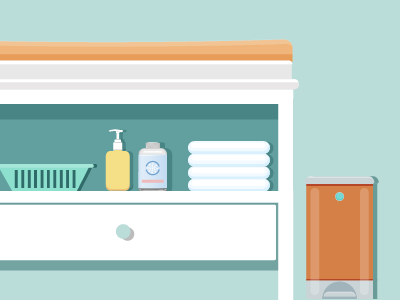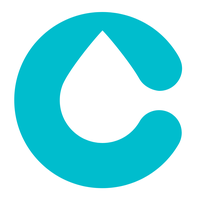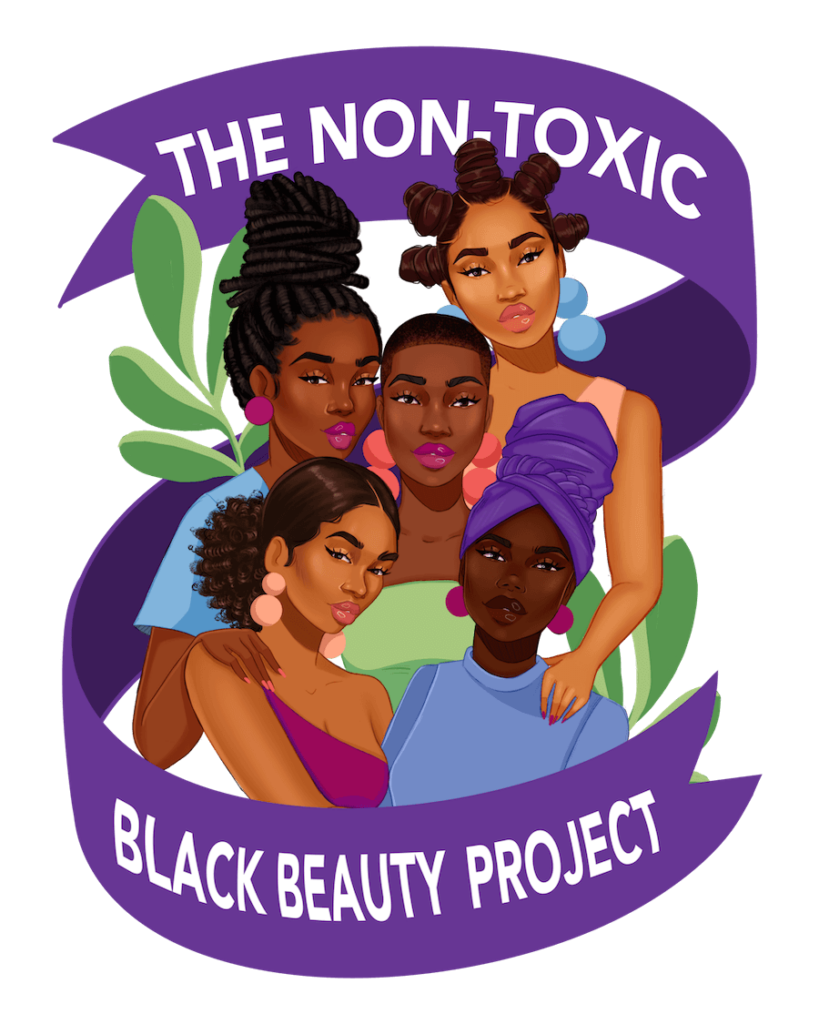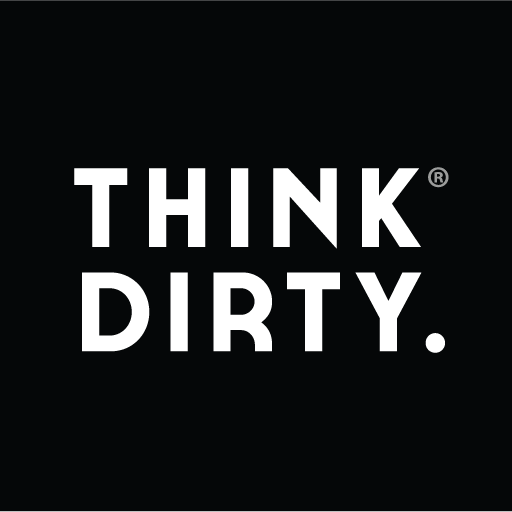Nursery
DiapersWhat You Need To KnowWho knew that “the diaper question” could be so complex, depending on your needs and priorities? Given that your baby will be wearing them pretty much 24/7, here are a few guidelines:
What To Avoid
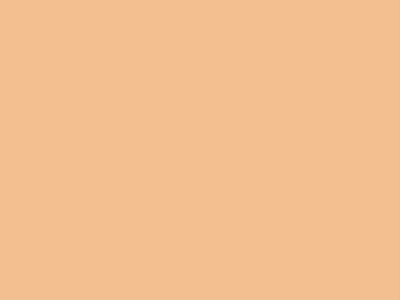
Chlorine:Chlorine is used to bleach wood pulp which is turned into paper materials used for disposable diapers, baby wipes, and many other products. During bleaching, Chlorine can release dioxin. Dioxin can irritate the skin, impact the immune system, cause developmental challenges, and increase cancer risk.

VOCs:Volatile organic compounds (vocs) include hundreds of chemicals. They get into the air and then into your body when you breathe them in, are often found in disposable diapers, construction materials like paints, wood-based furniture, and many fragranced products. These may impact reproductive and immune systems, and the brain, as well as trigger possible skin irritation, nausea, and headaches. Some VOCs are associated with an increased risk of cancer.

Fragrance:Hundreds, or even thousands of chemicals, can be lumped under the term “fragrance.” Many companies do not have to disclose the specific chemicals they used, claiming they are proprietary. Among several concerns in artificial Fragrances, many contain Phthalates to boost the scent’s staying power. One such common phthalate is Diethyl phthalate (dep). Some chemicals listed as “fragrance” are suspected, or even known to increase risk of cancer (be Carcinogenic). Others may contribute to reproductive and brain development problems.

Tributyltin (TBT):Tributyltin (TBT) can help to destroy germs, but it can also damage skin and the environment. It is particularly harmful to sea life (and diapers, sadly, end up in waterways too), and it doesn’t break down in nature (biodegrade), which means it can end up in the human food chain.

PVC:Waterproof coverings on disposable diapers are often made of Polyvinyl chloride (pvc). These products frequently contain harmful chemicals, including Phthalates. Phthalates often get released into the air and are inhaled. Exposure is linked to reproductive health issues, brain development, liver cancer, birth defects, asthma, and allergies

Sodium polyacrylate (SAP):Note that sodium polyacrylate (SAP) is used in disposables because it is a very absorbent chemical polymer. But it can be a skin irritant and toxic if inhaled or swallowed, and it is found even in “eco-friendly” products. The only way to avoid SAP is to use cloth diapers.
Safer Choices

Biodegradable:Biodegradable is a step in the right direction, but note that it can take up to 50 years for even biodegradable diapers to fully biodegrade.

PLA plastic:A couple of companies are starting to use polylactic acid (PLA) plastic in disposable diapers. PLA can be better than petroleum-based plastics because PLA is made from fermented plant starch and is considered biodegradable. However, it is not a “perfect” alternative since it biodegrades slowly and is typically made of genetically modified corn.

Cloth:Try to use cloth diapers (ideally organic cotton, bamboo, or hemp). Modern cloth diapers can be as easy to use as disposables. They may add 2-3 loads of laundry per week, but they are less expensive overall, and mean you don’t have to worry about harmful chemicals.

DIY:Make your own cloth diapers. There are dozens of tutorials for making cloth diapers online–even using old t-shirts. It’s creative and lighter on your wallet.
Find Safer Products
Websites and Apps:
Clearya
Clearya is a free browser extension and app that notifies you when there are unsafe ingredients in your makeup, personal care, baby care, cleaning and other products, and helps you find safe products.
Clearya is a free browser extension and app that notifies you when there are unsafe ingredients in your makeup, personal care, baby care, cleaning and other products, and helps you find safe products.
Campaign for Safe Cosmetics - Nontoxic Black Beauty Project
They offer a list and database of non-toxic beauty products made and sold by Black-owned companies that are committed to toxic-free beauty and personal care products.
They offer a list and database of non-toxic beauty products made and sold by Black-owned companies that are committed to toxic-free beauty and personal care products.
Detox Me
This app allows you to scan barcodes on products to find relevant tips. They also offer a buying guide to decode product labels and find non-toxic alternatives.
This app allows you to scan barcodes on products to find relevant tips. They also offer a buying guide to decode product labels and find non-toxic alternatives.
Environmental Working Group (EWG)
EWG has a "Skin Deep" database that rates personal care and beauty products based on their safety and toxicity levels. EWG also offers a Healthy Living app that allows you to scan barcodes and find safer products.
EWG has a "Skin Deep" database that rates personal care and beauty products based on their safety and toxicity levels. EWG also offers a Healthy Living app that allows you to scan barcodes and find safer products.
Think Dirty
This app and website allow you to scan or search for personal care products to see their ingredient safety ratings.
This app and website allow you to scan or search for personal care products to see their ingredient safety ratings.
